
Tech as a solution to the silver tsunami
Discover how smart technology addresses Europe’s ageing crisis. Explore our insights on remote care, cost savings, and dignity for seniors.
Europe stands at a crossroads. Our ageing population, while a testament to medical progress, presents unprecedented challenges. With fewer working-age citizens available to care for growing numbers of seniors, and chronic illnesses like dementia and diabetes on the rise, traditional care models are becoming unsustainable.
We’ve witnessed how technology, when thoughtfully implemented, can transform this landscape. Not by replacing human care, but by enhancing it. Across Sweden, GPS watches now help dementia patients maintain their independence while giving families peace of mind. In Cyprus, tele-rehabilitation programs allow rural patients to recover at home without sacrificing medical oversight. These aren’t futuristic concepts , they’re today’s solutions to tomorrow’s problems.
The silver tsunami in numbers
The statistics paint a stark picture. By 2040, nearly 30% of Europe’s population will be over 65, with just two working adults supporting each retiree. Right now, seniors are using 37 million days of hospital care for conditions that could be treated at home if they had the right support.
Perhaps most concerning is the care workforce shortage. Recent surveys show 85% of European municipalities struggle to find enough qualified carers, a problem exacerbated by urban migration and changing family structures. In Italy, where daughters traditionally cared for ageing parents, female workforce participation has jumped from 25% to 40% in recent decades – leaving many seniors without their traditional support networks.
Technology as a force multiplier
The good news? Innovative solutions are already making a difference. Discreet nighttime monitoring has achieved something remarkable: 80% of participants report sleeping better without disruptive physical check-ins, while carers have reduced their carbon footprints by 300kg per year – equivalent to a flight from Stockholm to Athens.
In Östersund, over 250 seniors now wear our GPS watches. One particularly touching case involved a couple vacationing in Spain. When the husband, who lives with dementia, wandered from their hotel, his watch automatically alerted local responders while providing real-time location updates to his wife. “It gave us our freedom back,” she later told municipal authorities.
Cyprus offers another compelling example. Their tele-rehabilitation program, which connects rural patients with physiotherapists via video, has reduced intensive care readmissions by 40%.
Overcoming implementation challenges
Despite these successes, barriers remain. Many care staff initially resist new technologies, with studies showing 80% perceive change as a threat rather than opportunity. This resistance often stems from poor training or fears that technology might depersonalise care.
Legacy systems pose another hurdle. In some municipalities, outdated regulations actually prevent neighbours from receiving emergency alerts about seniors living nearby – a simple innovation that could dramatically improve response times.
Then there’s the digital divide. While urban seniors might access e-health services effortlessly, those in rural areas often lack reliable broadband. The European Commission estimates that closing this gap could prevent 20% of emergency hospital admissions among seniors living alone.
A human-centric future
The ultimate measure of any care technology isn’t its sophistication, but its impact on daily lives. When the Swedish Agency for Health Technology Assessment surveyed seniors using assistive devices, they found something profound: beyond practical benefits like safety and independence, these tools reduced loneliness and improved self-esteem.
The silver tsunami isn’t coming, it’s already here. But with smart policies and smarter technologies, we can turn this challenge into an opportunity to redefine ageing with dignity.
Last updated: July 7 2025
Discover More
- Find out more about our GPS devices and nightime monitoring camera.
Download Whitepaper (original)
Stop the silver tsunami with technology enabled care
More White papers

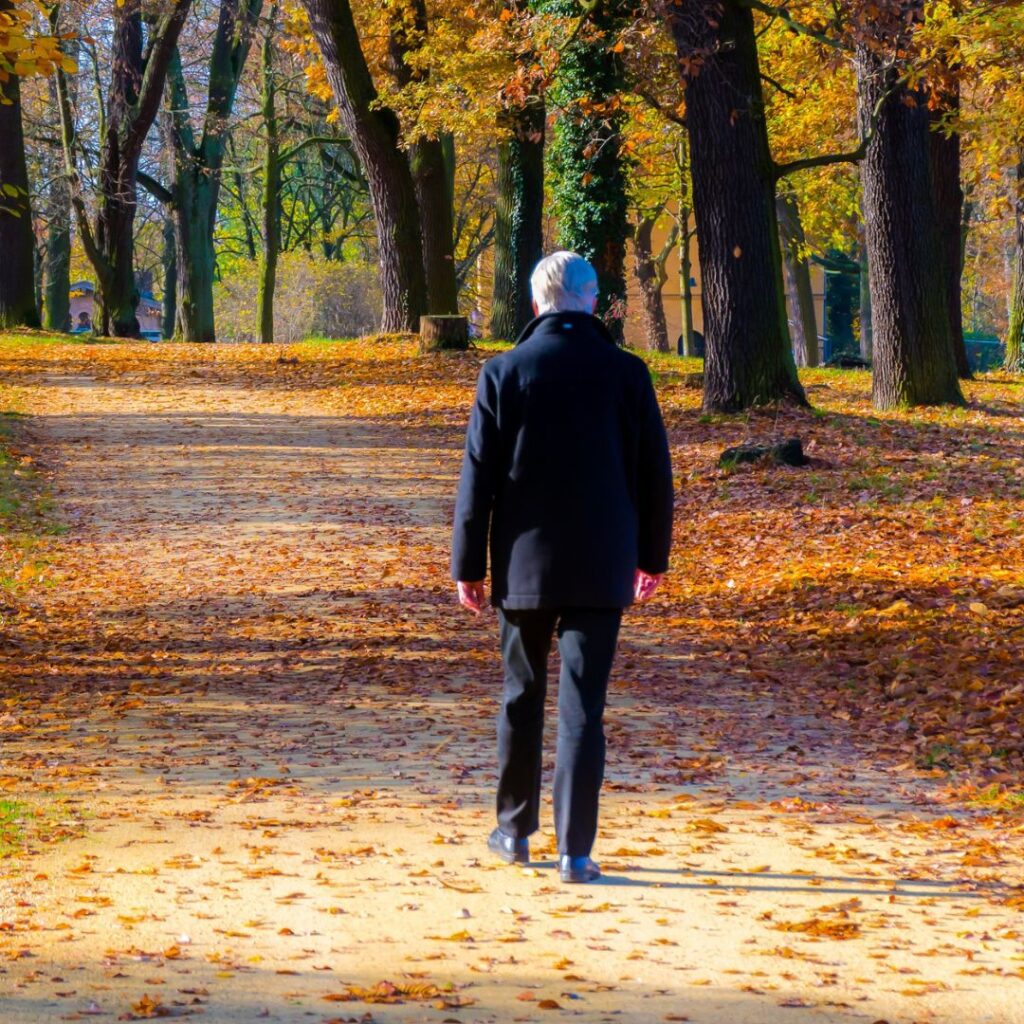


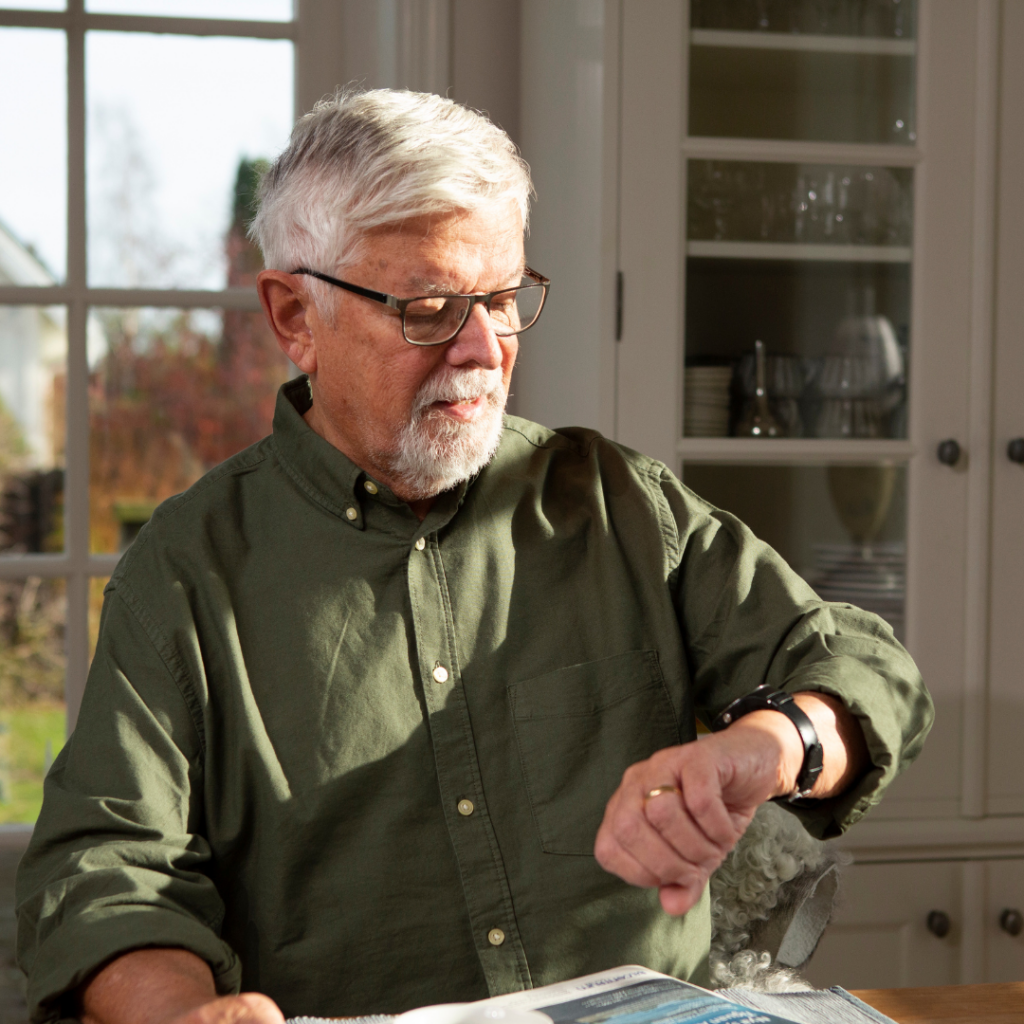
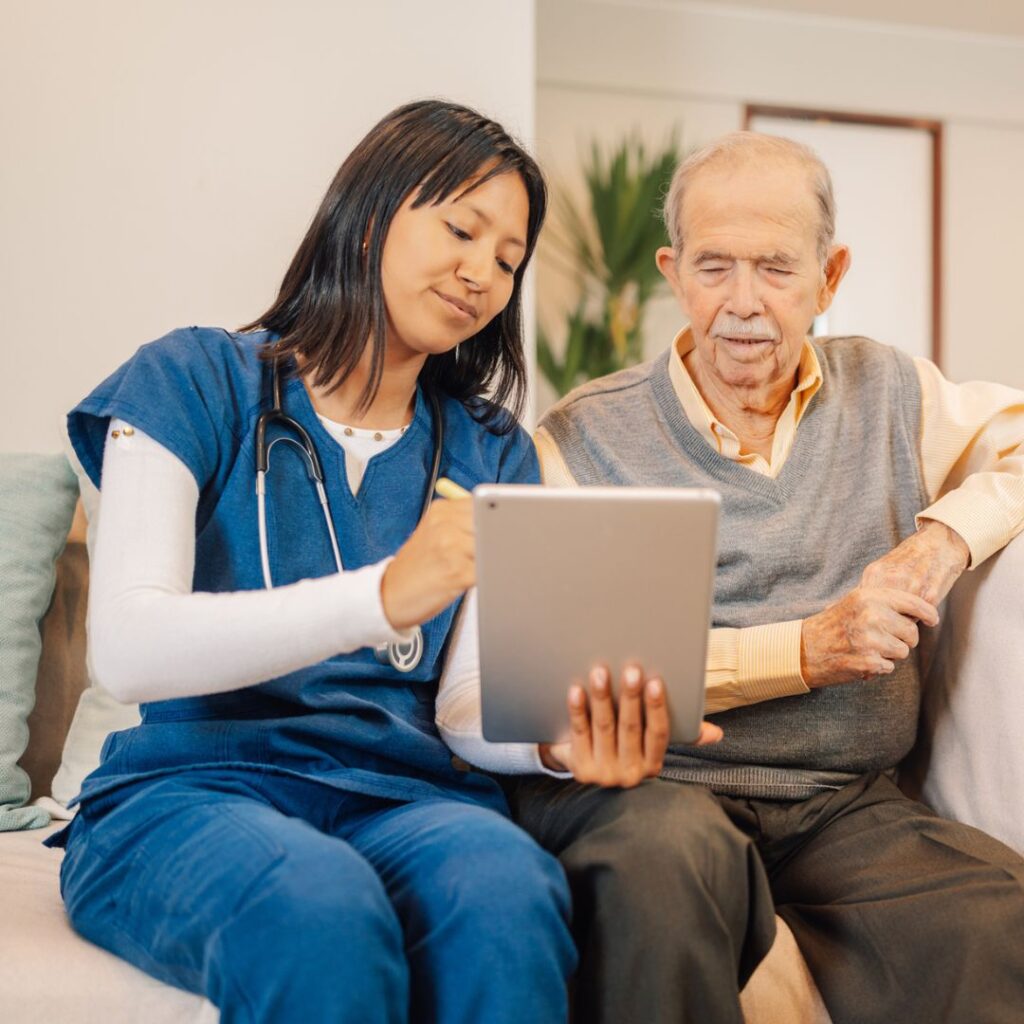

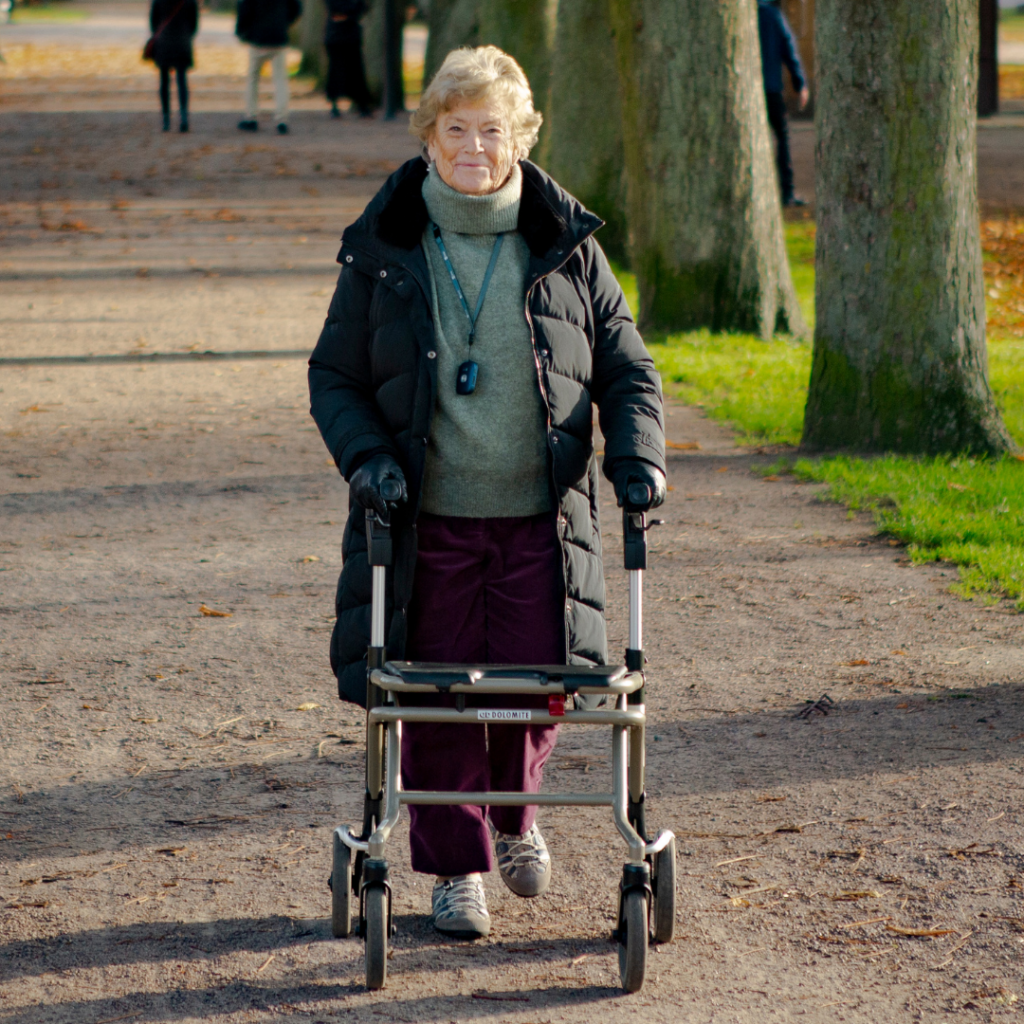

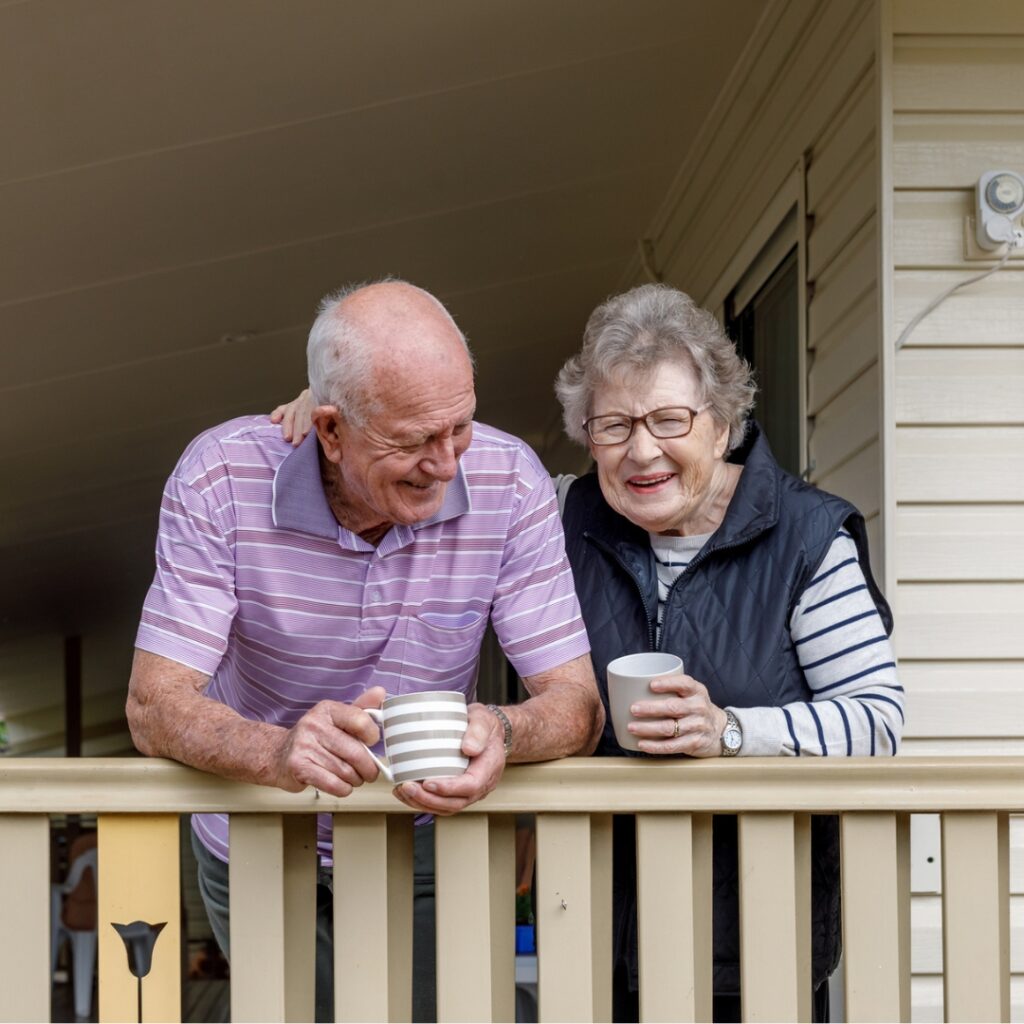

 International
International
 France
France
